Red list status: Vulnerable –– Based on expert opinion of Bear Specialist Group members, this species declined by at least 35% over the past 30 years (3 generations). Additionally, this rate of decline is projected to continue into the future.
The sun bear was listed as Vulnerable by the IUCN in 1990 and 1994, changed to Data Deficient in 1996, and relisted as Vulnerable in 2008 and again in 2017. It is has been included in CITES Appendix I since 1979.
Click here to see IUCN Red List account of this species

Threats: There are two primary threats to sun bears: (1) loss, degradation, and fragmentation of habitat; and (2) illegal hunting and commercial trade.
Three sun bear range countries (Indonesia, Myanmar, Cambodia) are among the top 10 countries in the world in terms of net forest loss during 2010–2020. This loss has been driven by logging, fires, mining, and expansion of commercial plantations of oil palm, rubber, and fiber. Much of the sun bear range has been logged or will be logged in the future. Some forest regenerates, but much is lost to agriculture, creating large gaps between habitable forest patches. Also, vast increases in forest roads have led to easier access to forests by poachers.
Sun bears are commonly poached for their gall bladders (i.e., bile) and paws; the former is used as a traditional medicine and the latter as an expensive delicacy. Killing of sun bears is illegal in all range countries, as is the sale of their parts. Nevertheless, commercial poaching of sun bears is a threat in all range countries except Brunei, and poaching may be the major driver of population declines in northeast India, Thailand, Lao PDR and Vietnam. Poaching with wire snares is common in many parts of sun bear range. In some places hunters target bears because of their valuable body parts. In other places, snaring is intended more for meat, but bears are a valuable by-product. Enforcement of domestic and international wildlife laws is severely lacking in most areas and fails to deter illegal bear trade. The value of sun bear bile and paws on the illegal wildlife market has increased steadily over the past two decades. In addition, there is continued demand for cubs as pets.
The rapid loss and fragmentation of forests across the sun bear range may bring bears closer to humans and thus increase the likelihood of negative human–bear interactions. Although human–sun bears conflicts are generally not severe, they can cause significant damage to crops of small farmers in some areas (e.g., eating the growth stem of coconuts and killing the tree). Also, farmers may be motivated to kill them to sell their parts.
Climate change also may be negatively affecting this species, especially in the Sundaic region, where more frequent El Niño weather events have caused prolonged droughts and disrupted fruiting patterns, and caused more fires.
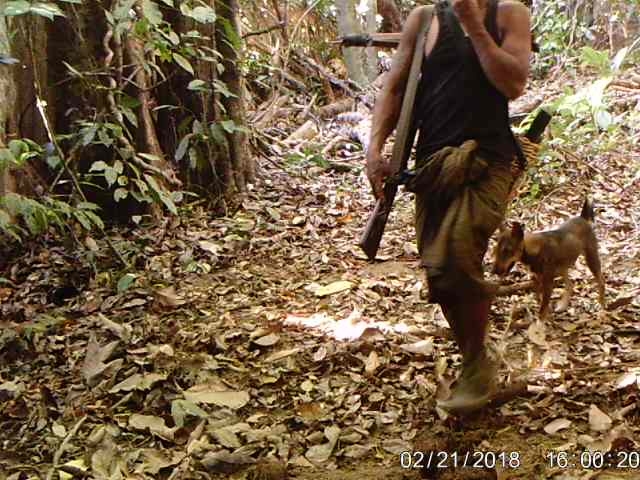
Sun bear_H malayanus_Myanmar_poacher entering forest caught on camera trap_L Gaffi
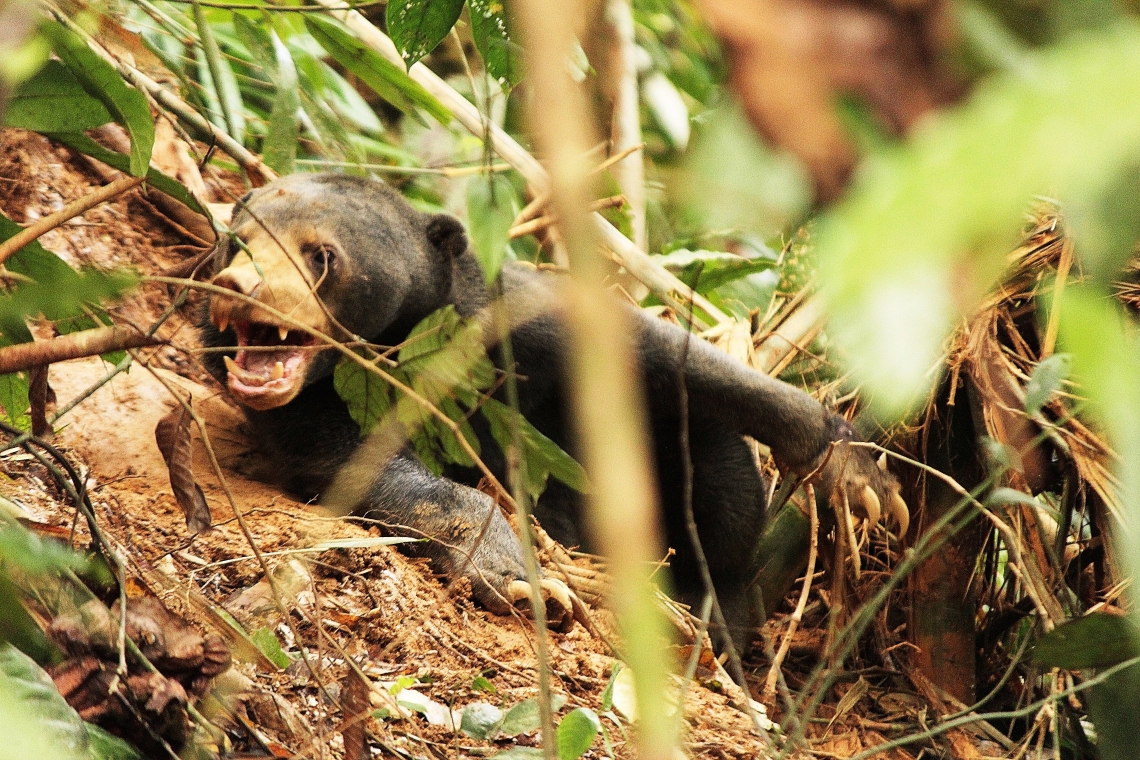
Sun bear_H malayanus_Malaysia_bear caught in snare_WWF-Malaysia

Sun bear_H malayanus_Peninsular Malaysia_snare injury_WWF-Malaysia
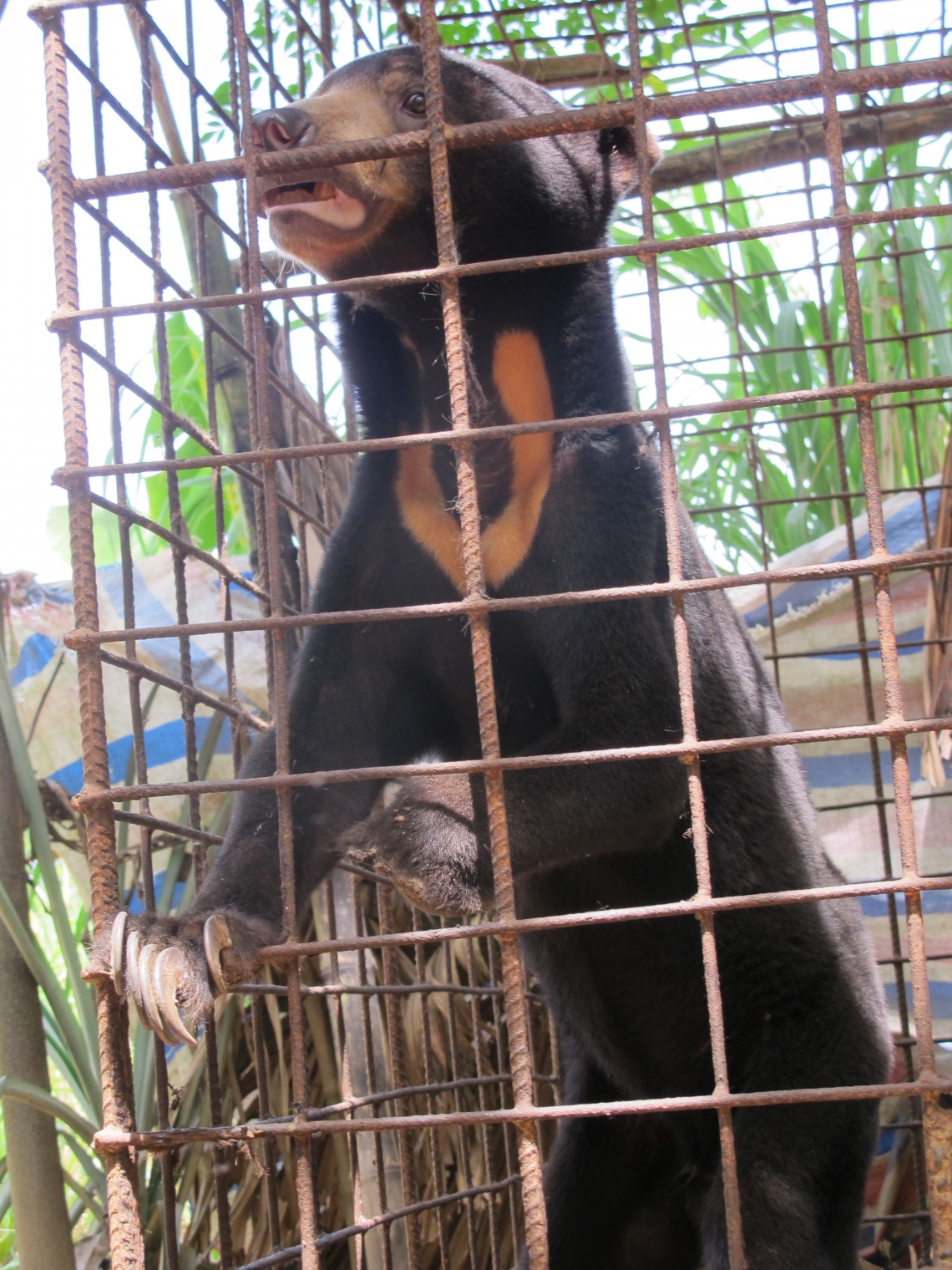
Sun bear_H malayanus_Central Vietnam_captured bear with obvious snare injury_Free the Bears
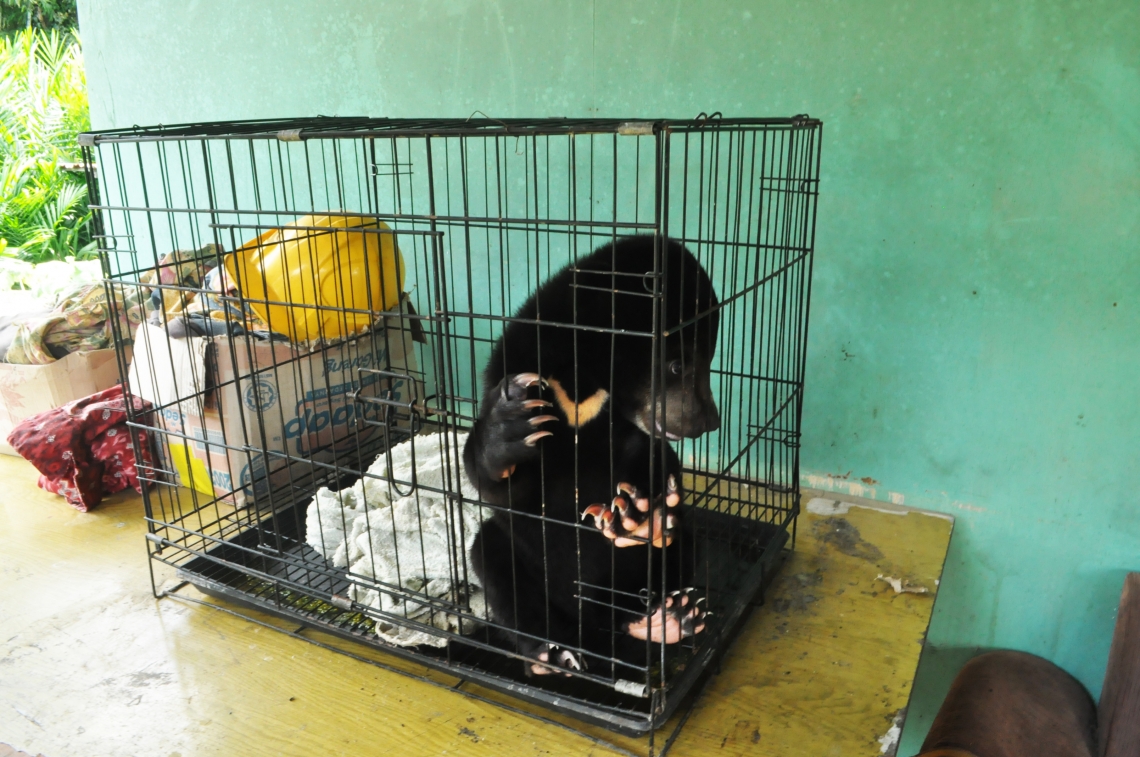
Sun bear_H malayanus_Singgaron Village Ranau Sabah Malaysia_pet trade _BSBCC

Sun bear_H malayanus_Kalimantan Indonesia_bear damage to coconut palm_D Garshelis
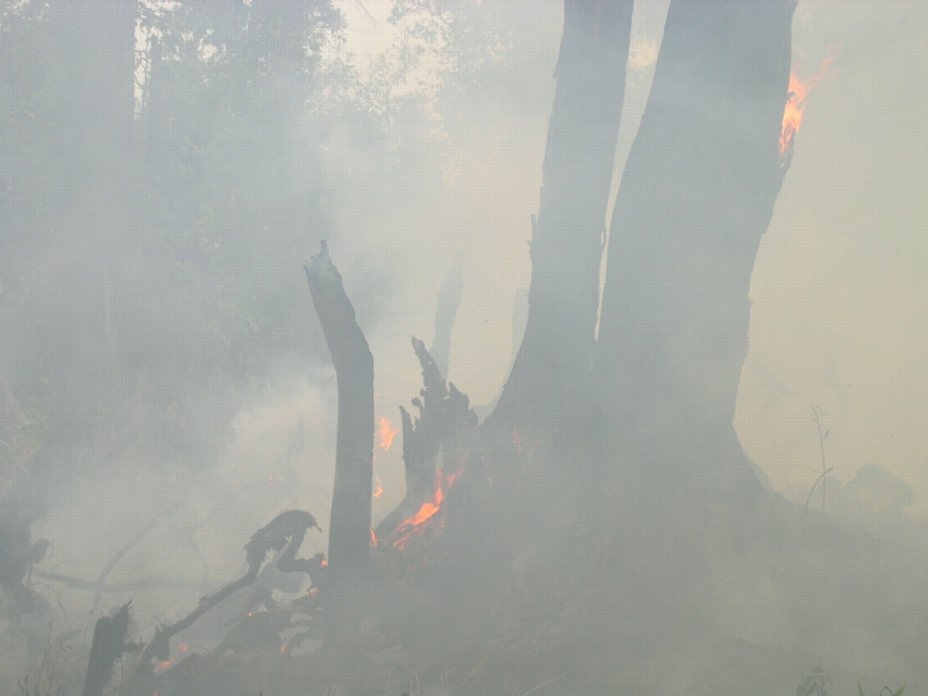
Sun bear_H malayanus_Indonesia_fire destroying habitat
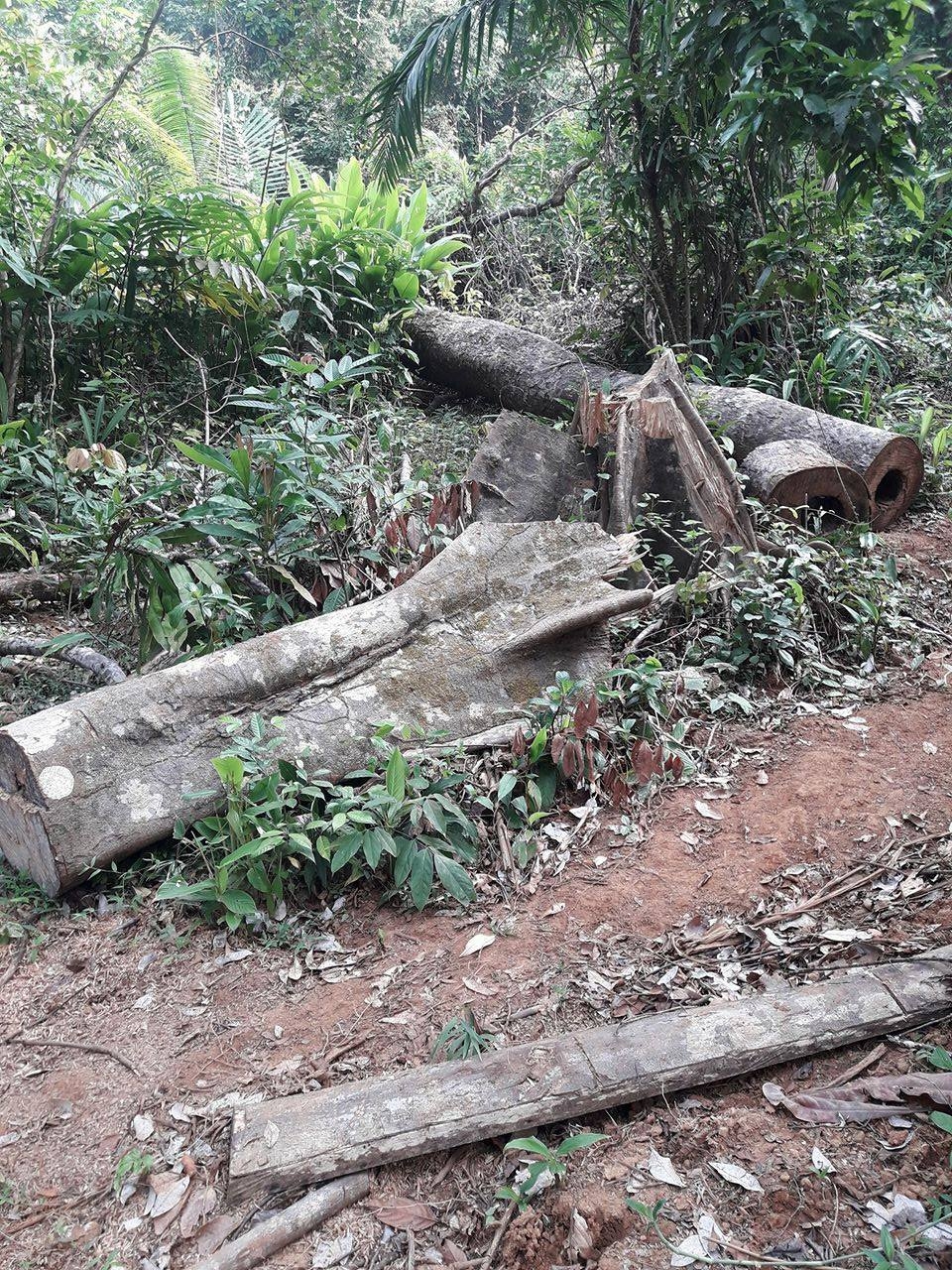
Sun bear_H malayanus_Myanmar_forest cutting_L Gaffi
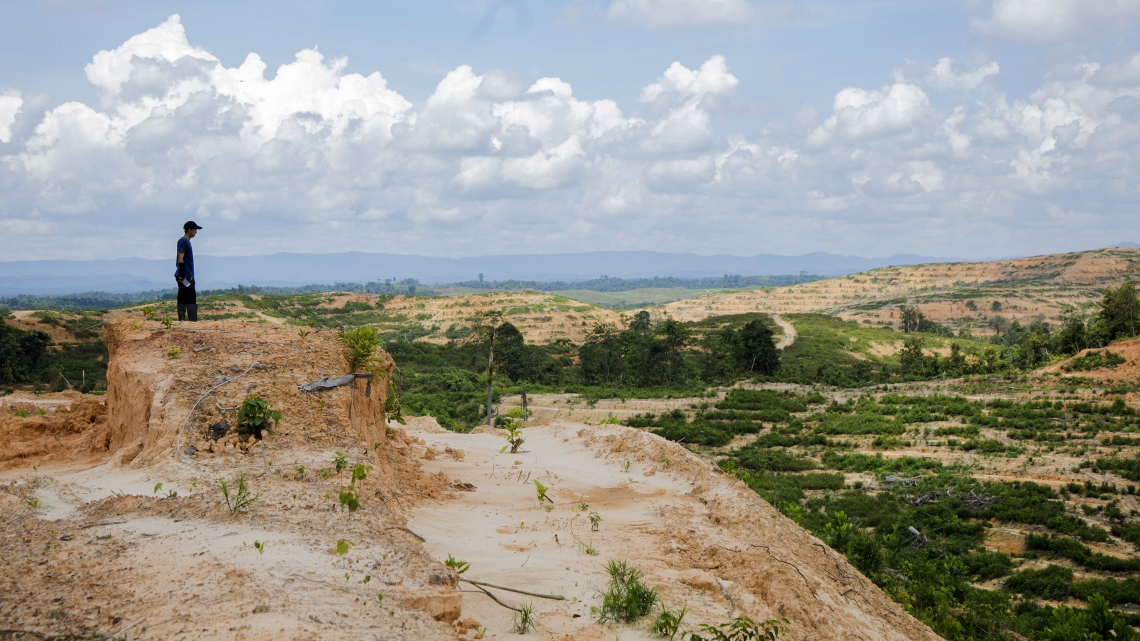
Sun bear_H malayanus_Kalimantan Indonesia_Habitat destruction_Jason Savage
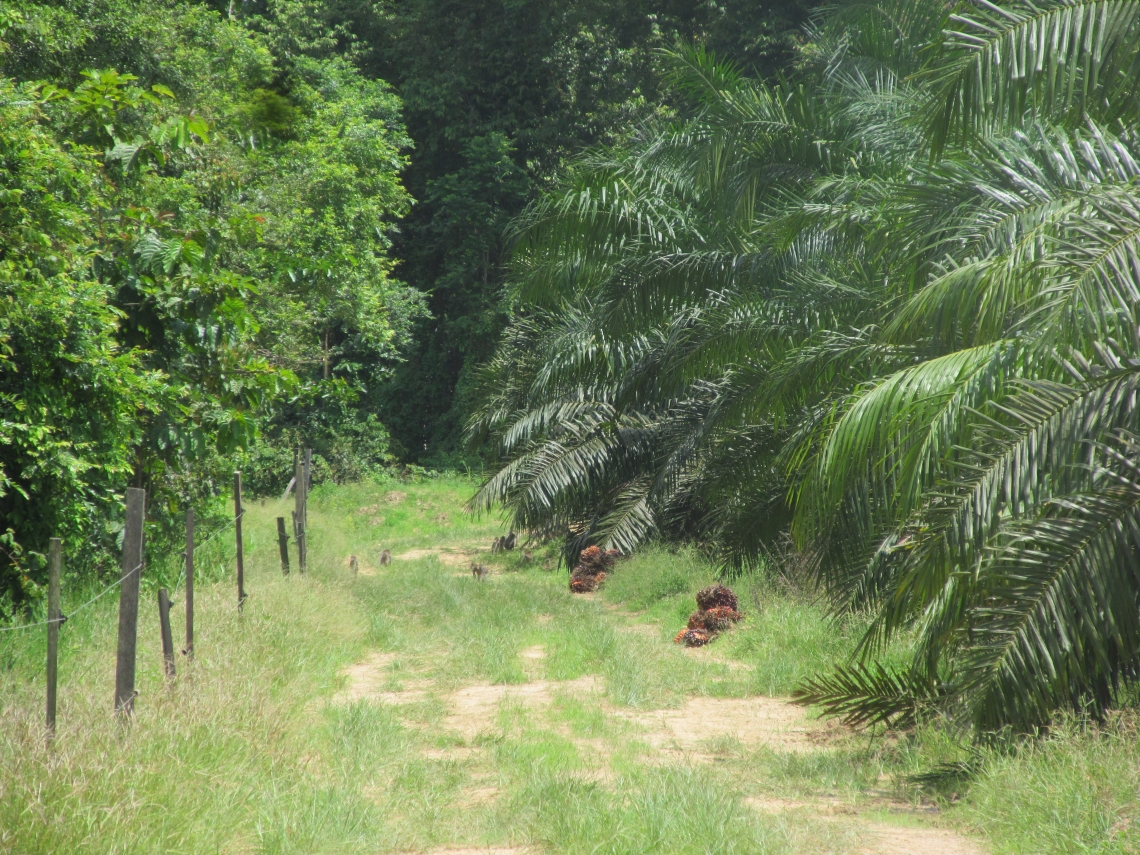
Sun bear_H malayanus_Sabah Malaysia_interface of oil palm plantation and forest_D Garshelis